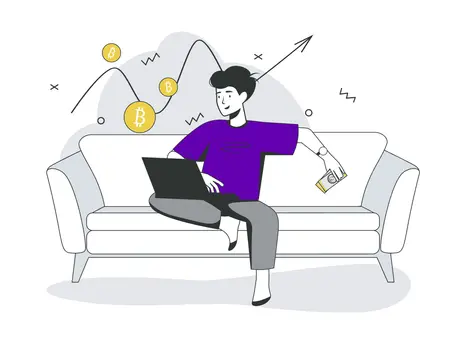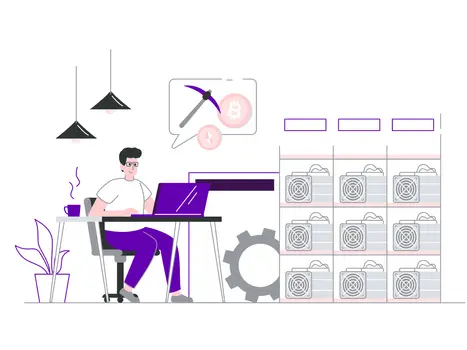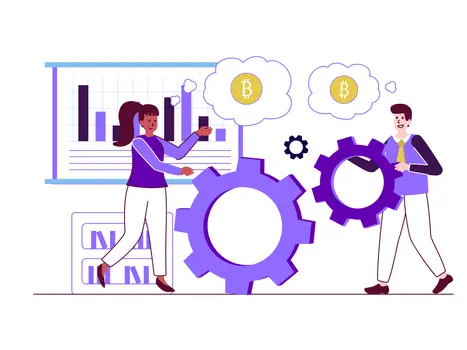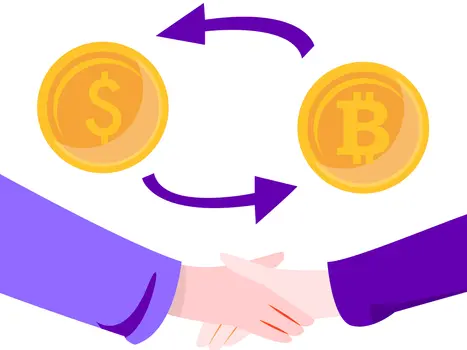What is Solana? A lead to SOL
Solana is a fast, scalable blockchain for decentralized apps. More transactions and lower fees than Ethereum. SOL is Solana's cryptocurrency.

What is Solana?
Solana is a blockchain platform for hosting decentralized, scalable applications. It started in 2017 as an open-source project run by the Solana Foundation in Geneva. The blockchain was made by Solana Labs in San Francisco.
Solana can handle many more transactions and is much faster than other blockchains like Ethereum. It also has much lower transaction fees. The price of the cryptocurrency that runs on the Solana blockchain, which is also called Solana (SOLUSD) and has the ticker symbol SOL, rose almost 12,000% in 2021. At one point, its market capitalization was over $66 billion, which made it the fifth-largest cryptocurrency at the time.
The Proof-of-History Concept
Anatoly Yakovenko, a co-founder of Solana, wrote a white paper in November 2017 about the proof-of-history (PoH) idea. PoH is a way to check the order of events and the amount of time that has passed between them. It is also used to write time that can't be trusted into a ledger.
In the white paper, Yakovenko says that blockchains that were available to the public at the time did not use time. Instead, each node in the network used its own local clock and did not know what time the other nodes were using. Because there wasn't a reliable source of time, like a standard clock, when a message's timestamp was used to decide whether to accept or reject it, there was no guarantee that everyone else in the network would make the same decision.
PoH gets around this problem because every node in the network can trust that the ledger shows how much time has passed, which is a key part of how blockchain works.
Origins of Solana
Yakovenko's work experience includes designing distributed systems with companies such as Qualcomm, where he realized that reliable clocks simplify network synchronization, resulting in an exponentially faster network limited only by its bandwidth.
He used this idea to improve blockchain by adding proof-of-history. This makes the blockchain's throughput much better than that of Bitcoin and Ethereum, which have trouble scaling past 15 TPS.
The project was originally written in C, but Yakovenko's coworker suggested moving it to Rust. In February 2018, Fitzgerald created the first open-source implementation of Yakovenko's white paper, which processed 10,000 signed transactions in just over half a second. By offloading signature verification to graphic processors, Stephen Akridge demonstrated further throughput improvements.
Expansion
Yakovenko, Fitzgerald, Akridge, and three others founded Loom but rebranded it to Solana due to naming conflicts that could cause confusion with an Ethereum-based project with a similar name.
In June 2018, the project scaled up to run on cloud-based networks, and a month later, the company published a 50-node public test net with bursts of 250,000 TPS. Solana uses validator clusters instead of validator nodes to secure the blockchain and process transactions.
As of September 2022, Solana had processed over 100 billion transactions at an average cost of $0.00025 per transaction.
Solana technology
Solana's architecture is meant to show a set of software algorithms that remove software as a performance bottleneck when combined with a blockchain. The combination lets the speed of transactions grow at the same rate as the speed of the network.
Solana's architecture has all the best qualities of a blockchain: it's scalable, secure, and not controlled by a single organization.
Proof-of-history (PoH) and proof-of-stake (PoS) are both used in Solana's blockchain. PoS lets validators (people who verify transactions added to the blockchain ledger) verify transactions based on how many coins or tokens they hold. PoH lets these transactions be timestamped and verified very quickly.
SOL token
SOL is Solana's cryptocurrency. Solana's native utility cryptocurrency transfers value and secures blockchains through staking. SOL started in March 2020 and aims to be one of the top 10 cryptocurrencies by market cap.
Solana tokens are used to collect awards, pay transaction fees, and participate in governance.
The overall quantity of Solana is over 511 million tokens, but the circulating supply is slightly over half that. The Solana Foundation and its founders hold 60% of SOL tokens, leaving 38% for the community.
Can I buy Solana's SOL token in smaller amounts?
There are small amounts of SOLs called lamports. A lamport is worth 0.000000001 SOL. Solana's most important technical influence was the computer scientist Leslie Lamport, who is best known for his work on distributed systems. Lamports are named after him.
You can buy and sell $SOL on digitra.com and earn DGTA tokens as a reward for each trade. Download the app and open your account!



